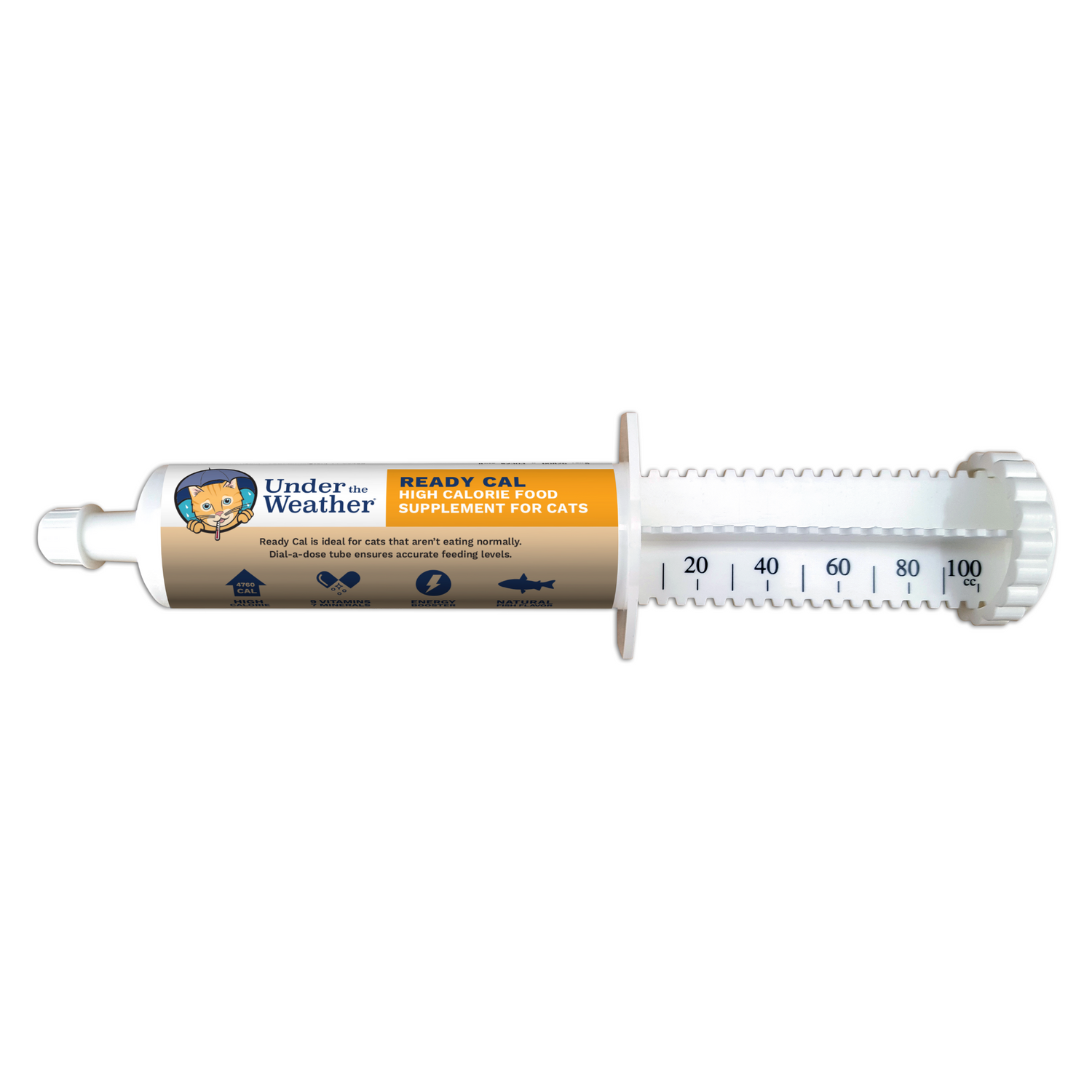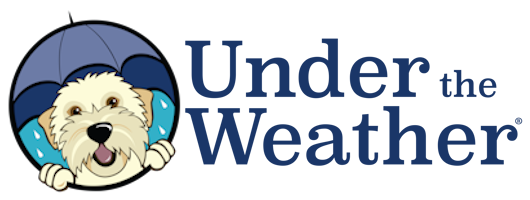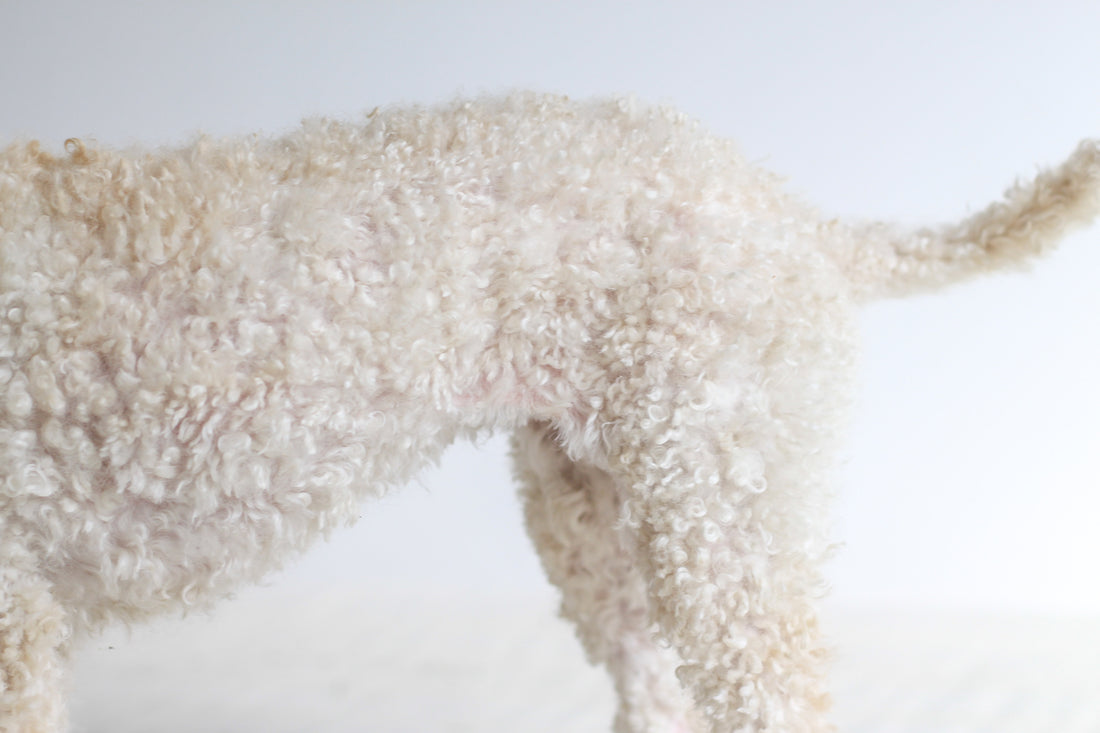When looking to adopt a dog, the top two reasons people seek out breeds that don’t shed are, allergies and cleaning.
Allergies
If a family is considering adopting a dog, and a member of their household has allergies, they will typically look for dogs that are considered “hypoallergenic”, so as not to further exacerbate their allergies.
Cleaning up hair
Some people just simply do not want to deal with cleaning up dog hair. A dog that sheds a lot means you’ll have hair accumulating on your floors, furniture, and of course your clothes! And while some of us are perfectly fine with replacing vacuums regularly, and using lint rollers to de-hair our clothes, others prefer not to deal with the extra work that dog hair can create.
Hair Vs. Fur, is There a Difference?
Most of us do not know there is a difference between “Hair” and “Fur”, and those of us who do, often don’t realize it’s not the game changer they may have thought it was for those with pet allergies.

LET’S DEBUNK SOME MYTHS!
MYTH #1: Allergies are caused by a dog’s hair/fur, and the more a dog sheds, the more a person’s allergy symptoms will be exacerbated.
The Reality: It is not actually the hair or fur that causes an allergic reaction, allergies are actually caused by dander from a dog’s skin.
MYTH #2: There are dog breeds that don’t shed.
The Reality: All dogs shed, some just less than others.
MYTH #3: Dogs with a lot of fur and long coats will require more grooming than those with hair, considered less prone to shedding.
The Reality: Dogs that are considered “less hypoallergenic” due to having hair and not fur, actually require much more grooming.
MYTH #4: A dog that does not shed, or sheds less, is hypoallergenic.
The Reality: While there are some dog breeds that shed less than others, making them somewhat less likely to cause an allergic reaction, there is no such thing as a dog that doesn’t shed, and there are no breeds that are truly hypoallergenic.
What is Dander?
Dander is simply dead skin cells that are naturally shed daily.
It’s actually the protein found in dog dander that produces an allergic reaction in some people, typically those with an over-reactive immune system.
In general, all dogs produce the same amount of dander, so why is it that some are considered more or less hypoallergenic?
This is because of their coats. Some breeds have curlier, shorter coats that trap dander in, thus producing less spreading of the allergens.

Hair vs. Fur
FUR
- Sheds more, potentially spreading more allergy causing dander.
- Requires more physical clean up around the house.
- Does not necessarily need professional grooming, but should be brushed regularly.
HAIR
- Sheds less, but traps in more debris that can potentially lead to skin infections.
- Hair is typically tighter to the body, causing matting and knots.
- Due to the fact that hair does not shed as much as fur, professional grooming is essential.
Dog Breeds Considered to be the Most Hypoallergenic
- Chinese Crested
- Maltese
- Terriers (includes different specific types)
- Affenpinscher
- Schnauzers (includes different specific types)
- Bichon Frise
- Portuguese Water Dog
- Poodles (includes different specific types)
- Basenji
- Afghan Hound
- Havanese
- Shih Tzu

Just remember… Although some breeds may be better suited for those of us with allergies, there is no such thing as a dog that doesn’t shed, and there are no breeds that are truly 100% hypoallergenic.
It’s also important to keep in mind that all dogs, whether they have hair or fur, require regular grooming for healthy skin and coat.
And with so many awesome mix-breed dogs out there, if you are unsure of what your dog’s grooming needs are, consulting your veterinarian, or a knowledgeable groomer is advised!






